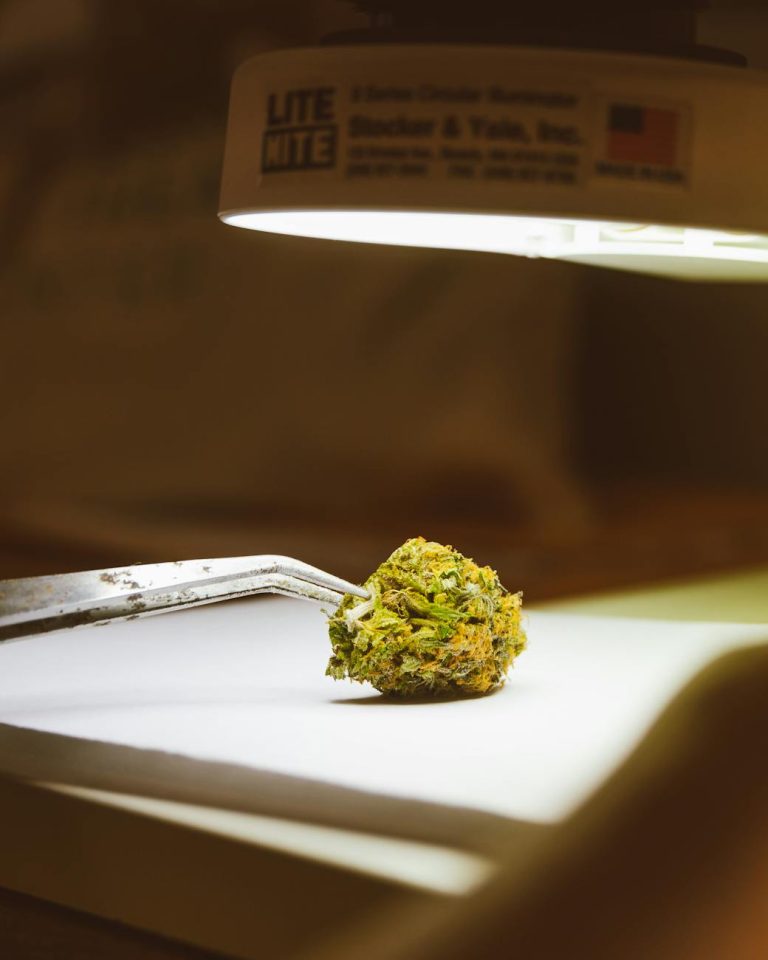Solarization: Effortless Weed Control with Sunlight
Uncover the hidden secret to effortless weed control with the natural power of the sun through the solarization process. Say goodbye to pesky weeds as you harness sunlight to heat the soil and bid adieu to unwanted vegetation. Let the sun do the tough work for you while you sit back and enjoy a weed-free garden.
Solarization: Effortless Weed Control with Sunlight
From backyard gardens to large agricultural fields, the presence of weeds can often be a persistent nuisance for growers. Traditional methods of controlling weeds typically involve the use of herbicides or manual labor, which can be time-consuming, environmentally harmful, and costly. However, there is a natural and effective alternative that harnesses the power of the sun to control unwanted vegetation – solarization.
Understanding Solarization Process
Solarization is a simple yet powerful technique that utilizes sunlight to heat the soil and eliminate weeds, pests, and soil-borne pathogens. This process involves covering the soil with transparent plastic sheets, which trap the sun’s heat and create a greenhouse-like environment. As the soil temperature rises, reaching levels that are lethal to weed seeds and seedlings, the weeds are effectively killed off.
Benefits of Solarization
One of the key advantages of solarization is its eco-friendly nature. By using sunlight as a natural source of heat, growers can avoid the use of chemical herbicides, which can pose risks to human health and the environment. Solarization is also a cost-effective method of weed control, as it requires minimal investment in materials and equipment. Furthermore, solarization can help improve soil health by reducing weed pressure and increasing the availability of nutrients for desired plants.
Steps to Implement Solarization
To effectively implement solarization in your garden or field, follow these simple steps:
1. Prepare the Soil: Clear the area of any existing vegetation and debris.
2. Moisten the Soil: Water the soil to ensure optimal heat transfer during the solarization process.
3. Cover with Plastic: Lay down a clear plastic sheet over the soil, ensuring it is secure and airtight.
4. Monitor the Temperature: Leave the plastic in place for 4-6 weeks during the hottest months of the year to maximize solar heat absorption.
5. Remove the Plastic: Once the solarization period is complete, remove the plastic and allow the soil to cool before planting desired crops.
Best Practices for Solarization Success
For optimal results with solarization, consider the following best practices:
– Choose a site that receives full sun exposure for the majority of the day.
– Use high-quality, UV-resistant plastic sheets to maximize heat retention.
– Monitor soil temperature regularly to ensure effective weed control.
– Repeat the solarization process annually to prevent weed seed germination.
Conclusion
In conclusion, solarization offers a natural, chemical-free, and cost-effective solution to weed control for growers of all scales. By harnessing the power of sunlight, this method can help eradicate weeds, pests, and pathogens from the soil, creating a healthier growing environment for desired plants. Whether you are a home gardener or a commercial farmer, consider incorporating solarization into your weed management strategy to reap the benefits of this environmentally friendly technique.






